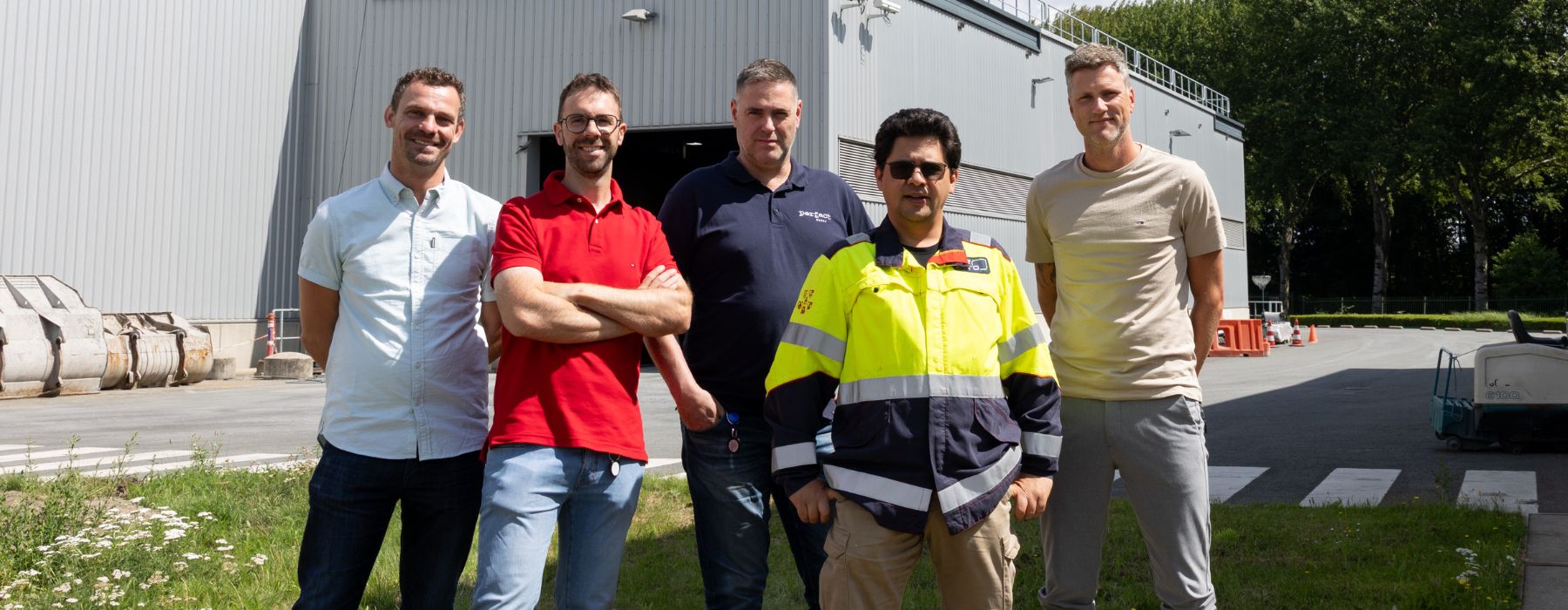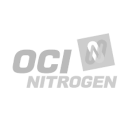Data Science
Wat is Industrie 4.0?
Industrie 4.0, ook bekend als Smart Industry, Smart Factory, Autonome Fabrieken of Smart Healthcare, biedt de mogelijkheid tot een digitale transformatie binnen een bedrijf. Het houdt in dat we (werk)processen, technologieën en menselijke factoren met elkaar verbinden en optimaliseren door verregaande digitalisering. Het resultaat? Jullie krijgen beter inzicht in jullie operaties en kunnen sneller reageren op veranderingen en ontwikkelingen.
Binnen Industrie 4.0 zorgen we ervoor dat productieprocessen geoptimaliseerd worden met behulp van informatietechnologie (ICT) en nieuwe technologieën. Hierdoor wordt produceren efficiënter, goedkoper en van hogere kwaliteit. We integreren slimmere machines, robots en andere componenten in het productieproces, zodat ze naadloos met elkaar communiceren en samenwerken. En niet alleen binnen jullie organisatie, maar ook tussen verschillende bedrijven in de waardeketen stimuleren we samenwerking voor synergieën.
Perfact Industrie 4.0 Scan
Met onze Perfact Industrie 4.0 Scan bepalen we waar jouw organisatie staat en welke kansen er liggen op het gebied van Industrie 4.0. Onze scan analyseert verschillende aspecten, zoals leiderschap, cultuur, mensen, organisatie en technologie. Op basis van deze analyse ontwikkelen we een gedegen industrie 4.0 strategie met concrete projectvoorstellen, die perfect aansluiten bij jouw volwassenheid en ambities.
We geloven in de kracht van kleine, overzichtelijke pilots met duidelijke doelstellingen en business cases. Deze pilots dienen als proeftuin voor verdere implementaties en schaalvergroting van technologieën. Daarnaast kijken we vooruit naar toekomstige vervangingsprojecten, waarbij digitale elementen integraal onderdeel worden van de scope.
Onze consultants richten zich op de volgende essentiële onderdelen van Industrie 4.0 om jouw succesvolle transitie te realiseren:
- Leadership: Het begint allemaal bij leiderschap. We ondersteunen bij het bepalen van de toegevoegde waarde van het Industrie 4.0 traject en helpen je bij het ontwikkelen van een passende strategie.
- Culture: De juiste cultuur is cruciaal voor een succesvolle digitale transitie. We kijken naar de bereidheid van jouw medewerkers om nieuwe technologieën te omarmen en data-gestuurd te handelen.
- People: Het betrekken van medewerkers op alle niveaus is essentieel voor succes. We besteden aandacht aan change management en bekijken de beschikbare capaciteit in verhouding tot jouw ambities.
- Organisation: Naast het automatiseren van productie- en werkprocessen, helpen we jou met het afstemmen van processen en machines (connected machines) en voegen we kunstmatige intelligentie toe om autonoom handelen mogelijk te maken.
- Technology: We maken gebruik van geavanceerde technologieën zoals Industrial Internet of Things (IIoT), Smart sensors, Edge & Cloud computing, Artificial Intelligence (waaronder machine learning), Predictive analytics, Digital Twins, Augmented, Virtual, Mixed reality, Robotica, drones, en Blockchain.
- Communication: Het beschikbaar stellen van informatie via apps, dashboards en systemen is een belangrijk aspect van digitalisering. We zorgen voor de juiste ‘user interfaces’ die aansluiten bij de behoeften en rollen binnen jouw organisatie.
Wij denken met je mee
Als consultancy bureau gespecialiseerd in Industrie 4.0 zijn wij dé partner om jouw organisatie te begeleiden door alle fasen van de digitale transitie. Van advies en cursussen tot de implementatie van hard- en software, wij blijven jouw aanspreekpunt gedurende het gehele proces. Met onze ervaring in diverse sectoren en onze grondige aanpak via de Industrie 4.0 Scan, maken wij het verschil. Jullie toekomstbestendigheid is verzekerd door onze gedegen strategie en implementatie van innovatieve technologieën, zodat jullie organisatie klaar is voor de uitdagingen van de vierde industriële revolutie.

Een Lean datamanagementproject bij PreZero

Harde scope-freeze: het klinkt zo logisch, maar in de praktijk anders





